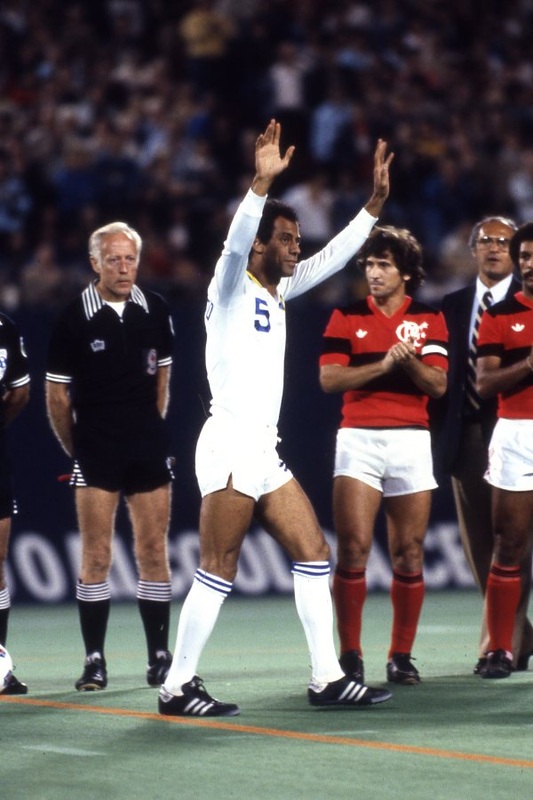|
For some delightful reason, I have been asked to give a brief sporting flavor to the seven-hour retirement ceremony of sculptor Maurizio Cattelan at the Guggenheim Museum on Jan. 21. Cattelan is officially hanging ‘em up by suspending much of his artwork from the ceiling of the Guggenheim. That should be a trip.
As I imagined the farewell for a sculptor, I could not help but think about two sporting ceremonies I attended – both, bizarrely, on Sept. 28. The one on Sept. 28, 1947 was my first time in Yankee Stadium. I was 8, and it was the last game of the season, and the Yankees were honoring Babe Ruth, who was dying of throat cancer. (The Babe, in his outsize way, had three farewells – one that summer, the other next spring, before he died on Aug. 16, 1948. This was the middle one.) I can remember his camel hair coat and his damaged voice echoing around the Stadium’s rudimentary speaker system. The Stadium’s autumnal shadows enforced the gloomy tone, first set for Lou Gehrig in 1939, of dozens, nay, hundreds, of Yankee ceremonies, many of them honoring pinstriped heroes who often seem to die young. Those spectral sounds still seem to echo in the newest version of the Stadium – even though it’s across the street. A more upbeat ceremony took place on Sept. 28, 1982, at the farewell game for Carlos Alberto, a stylish defender from Brazil, who had finished his career with the Cosmos. They brought up his old team, Flamengo from Rio, in its red and black uniforms, and he played a half for each team, the way soccer farewells are done. I was new to the sport in 1982, but could not miss the love and respect the players had for Carlos Alberto, and for the game itself. As Carlos Alberto took a long tour around Giants Stadium, waving and shaking hands with the fans, the new-age speakers played Carly Simon’s “Nobody Does It Better.” Every time I hear that song, I think of smooth old Carlos Alberto. Now, the rankest outsider in that world, I will witness the addio to Maurizio Cattelan. With his diverse works dangling from the beams, the farewell at the Guggenheim is not likely to be anything like the one for the Babe or Carlos Alberto. I’ll furnish a report. hi George. Wonderful article in Wash Post I just caught up with. Wrote to Times today asking about possible palace intrigue. Sulzberger in K.C. And "Nocturnalist" Mir in the Mo boonies writing about exotic animals there rather than in NYC. Said you got out just in time, Missoula beckoned. Ciao. 1/29/2013 01:02:55 am
This article is something that will help me with my class assignment. It helped me to better understand another aspect of this topic. Thanks. 2/2/2013 06:38:10 pm
We are currently researching for a thesis and we have been exploring your blog for some days. Thank you for your post it is handy for us. 4/1/2013 02:05:57 am
I really enjoyed reading this article, I like the way you tell stories. And I also found out a lot of new things. Thanks a lot! I am waiting for more articles like this one. 4/1/2013 02:10:35 am
Well, you are right. I've always thought that this is the most interesting way to `leave the stage`. These are the most known people after all because the human being is inclined to take a special interest in the sad special cases. Comments are closed.
|
Categories
All
|










